
CoreMorrow Piezo micro-motion stage apply for optical image stabilization
The principle of optical image stabilization is to use the stabilizing mechanism to adjust the lens or photosensitive component in the optical instrument to compensate for the light deflection of the optical instrument under the condition of external disturbance, to achieve the purpose of stable imaging, and to make the observation target image clearer. Optical image stabilization technology has a significant effect on image stabilization, so it has become a commonly used real-time optical path compensation method, has a prominent effect on reducing or eliminating external flutter, and is widely used in civilian monitoring, and camera equipment.
Unlike mechanical and electronic image stabilization, optical image stabilization technology changes the optical axis in real time to eliminate the impact of external jitter on imaging, and its driving mechanism is compact, simple to control, and hardly affected by the external environment. For high-precision, high-precision, and low-cost, optical stabilization technology is often used in high-precision equipment.
Piezo stacks and piezo actuators are linear actuators that can generate micro-nano-level displacements by utilizing the inverse piezo effect of piezo ceramics.Small size and convenient control, so it is widely used in aerospace, biomedical and precision machinery fields.
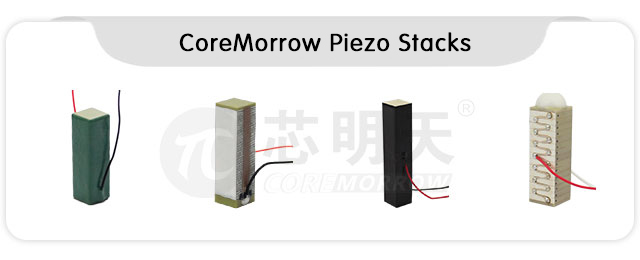
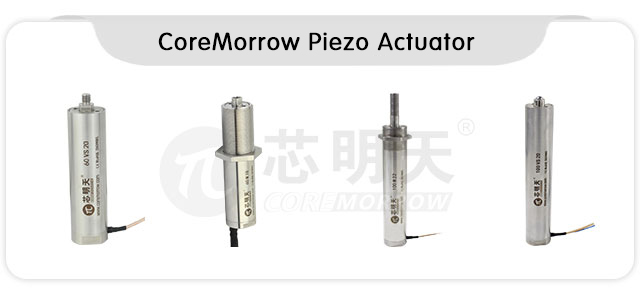
2 axis piezo nanopostioning stage is based on the principle of piezo actuators, which are connected by special hinges to form the piezo stage that can generate 2-dimensional motion, and has the advantages of piezo actuators. In addition, the control of the piezo micro-motion stage is convenient and simple, and the displacement control output of the micro-motion stage could be realized only by controlling the waveform, amplitude and frequency of the applied voltage.
CoreMorrow piezo nanopositioning stages are as following:
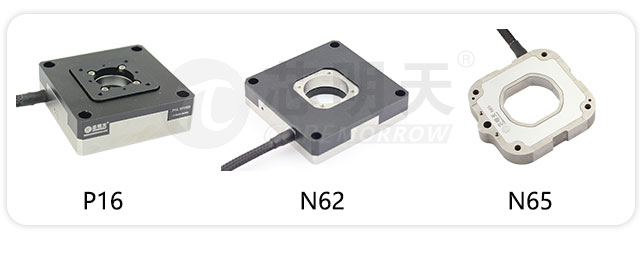
P16 Piezo Stage
Active axes: XY
Travel range: 100μm/axis
Aperture: φ20mm
N62 Piezo Stage
Active axes: XY
Travel range: ±10μm/axis
Aperture: φ26mm
N65 Piezo Stage
Active axes: XY
Travel range: ±15μm/axis
Aperture: 25×27.5mm
The working principle of common optical image stabilization is to estimate the angle of the offset by detecting the image offset when the image is disturbed by the outside, and then the servo controller drives the piezo compensation mechanism to generate reverse motion, thereby driving the compensation movement of the compensation lens compensates the image shift caused by the disturbance, so as to achieve the purpose of stable imaging.
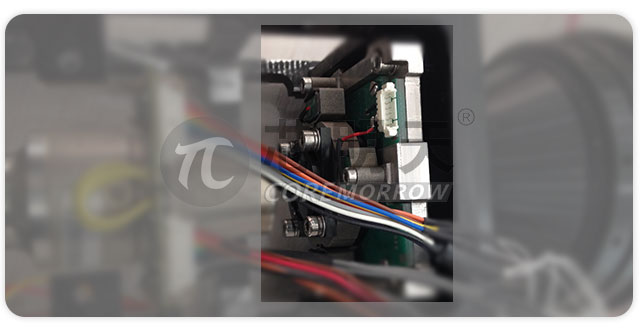
CoreMorrow XY piezo stage used for Infrared camera
The piezo stage is not disturbed by the electromagnetic field, so it is suitable for the environment of strong electromagnetic interference, and because of its advantages of high compensation accuracy and fast response speed, it is suitable for aerospace applications. The product in the picture below is the XD561 customized three-dimensional piezoelectric stage from CoreMorrow. It is specifically designed for airborne image stabilization applications and meets the requirements of airborne use for vibration, shock, acceleration and thermal cycling.
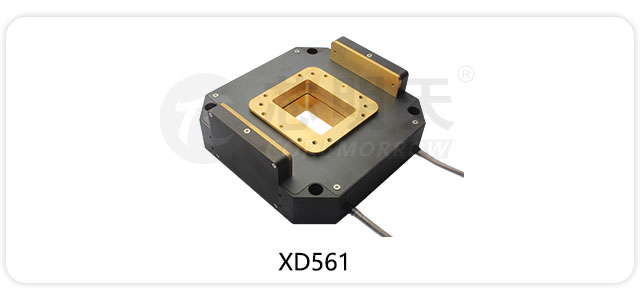
- Previous article:Piezoelectric scanner used for Nanolithography
- Next article:Application of the combination of piezo actuator and flexible hinge


